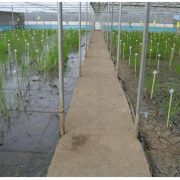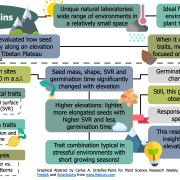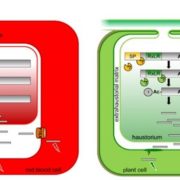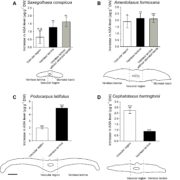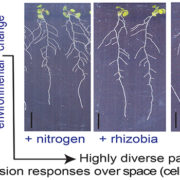Update on autophagy: Dynamics of autophagosome formation
By
Autophagy, literally defined as “self-eating”, functions as a degradation process by recycling cytoplasmic contents under stress conditions or during development. Upon activation of autophagy, a membrane structure known as a phagophore forms and expands, finally closing to form a double-membrane vesicle called an autophagosome (Figure 1) (Lamb et al., 2013; Yin et al., 2016). The completed autophagosome, which contains the autophagic cargo, is delivered to the vacuole (plants and yeast) or lysosome (animals). The outer membrane fuses with the vacuolar/lysosomal membrane and the inner membrane and contents are released into the vacuole/lysosome as an autophagic body and are degraded by hydrolases. The breakdown products are transported back into the cytoplasm for reuse by the cell (Yang and Bassham, 2015).

The initial identification of many autophagy-related (ATG) genes in yeast (Tsukada and Ohsumi, 1993; Thumm et al., 1994; Harding et al., 1995) was key in beginning to understand the mechanism by which autophagy occurs. The core machinery for autophagosome formation includes ATG1, which forms a complex with ATG13 for the induction of autophagy (Kamada et al., 2000); two ubiquitin-like conjugates, ATG12-ATG5 and ATG8-PE, which are recruited to the phagophore assembly site (PAS) and play an important role in autophagosome formation (Yin et al., 2016); and ATG9, which may function in the recruitment of other ATG components and membrane to the forming autophagosome (Reggiori et al., 2005). In plants, autophagy has been well studied as a response to stress conditions, including nutrient deficiency (Doelling et al., 2002; Hanaoka et al., 2002), salt and drought stress (Liu et al., 2009), heat stress (Zhou et al., 2013; Yang et al., 2016), oxidative stress (Xiong et al., 2007), hypoxia (Chen et al., 2015), pathogen attack (Liu et al., 2005; Lai et al., 2011) and endoplasmic reticulum (ER) stress (Liu et al., 2012) (Figure 2). In this review, we summarize recent advances in our understanding of the dynamics of plant autophagy, focusing on regulation of autophagy and mechanisms of autophagosome formation.


